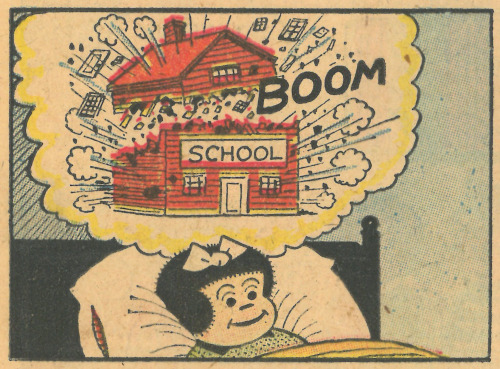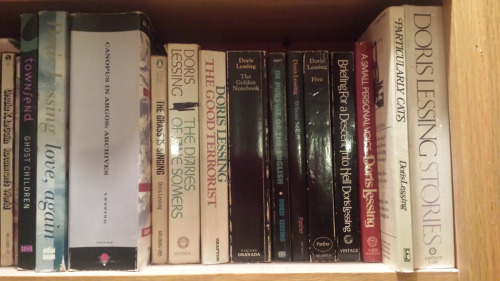Charlie Jane Anders's Blog, page 51
October 28, 2015
“In the context of a story, “raised stakes” often means “increased scale” — and as you pull back,...
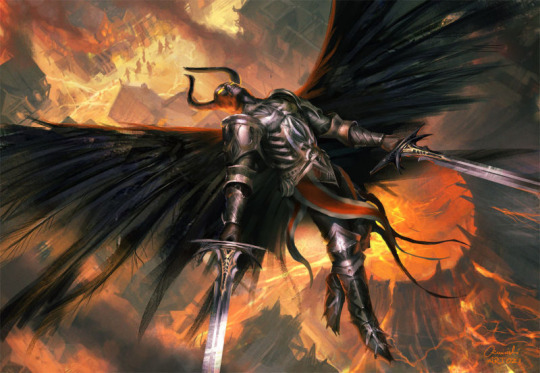
“In the context of a story, “raised stakes” often means “increased scale” — and as you pull back, details inevitably become smaller. Including your characters, who are suddenly dwarfed by the earth-shattering, unimaginable humongous, situation they’ve found themselves in. It’s hard to keep your characters in the foreground and, say, a 200-mile-tall planet-buster bomb in the background.The only solution is not to pull back, as much as you can avoid it. Your characters can only take in as much sensory input as they can take in, and staying close to their perspective means we only glimpse the astonishing size of whatever they’re up against.“
— “How to Raise the Stakes in your Story—Without Sacrificing Your Characters,” art by Mateusz Orzminski
October 25, 2015
My cat decided to sort my mail for me.
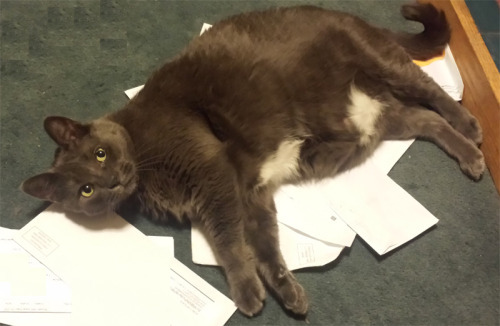
My cat decided to sort my mail for me.
"They are not one jot less than I am,
They are tann’d in the face by shining suns and blowing..."
They are tann’d in the face by shining suns and blowing winds,
Their flesh has the old divine suppleness and strength,
They know how to swim, row, ride, wrestle, shoot, run, strike,
retreat, advance, resist, defend themselves.”
- Walt Whitman writing about women, from “A Woman Waits For Me”
October 22, 2015
Just a reminder: Genres are toolkits
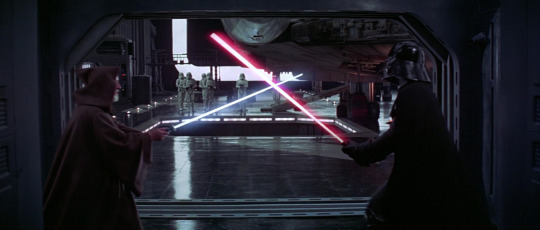
The other day someone was giving me a hard time on social media for calling Star Wars science fiction. Because it’s got magic and knights and fantasy archetypes and stuff.
So here’s something I’m pretty sure I’ve said before: Genres are toolkits. Each genre, or subgenre, comes with its own set of devices and expectations. These range from concrete things like “spaceships, aliens, scientific ideas, strange technologies,” to a general sense of “things that tend to happen in this genre.” But the nature of a toolkit is, you choose the best tools for the job.
So if you want to tell a story about heroic destiny and prophesy and finding your way in a confusing world of ancient stuff, then maybe you’re doing epic fantasy. If you want to tell a story about inventing something new or finding a way to explore a brand new frontier, then maybe you’re doing science fiction. If you just want a dead body and a lot of deep dissection of social relationships and buried secrets, it’s probably a murder mystery. And so on.
But in general, the thing about tools is, they work for you, not the other way around. And you pick whichever tools get the job done. The fact that you used an allen wrench doesn’t mean you can’t also reach for a hammer. The story is the most important thing, and whatever you use to tell that story is just a means to get it out there. (Plus, of course, the genre is crucial to how you market your story afterwards, since genres are primarily about marketing.)
So when you hear people arguing about what genre something fits into, it might be worth bearing in mind that a lot of things fit into more than one genre. And genres are just a means to an end, not the end themselves.
October 16, 2015
Come Hear Me Read Tomorrow!
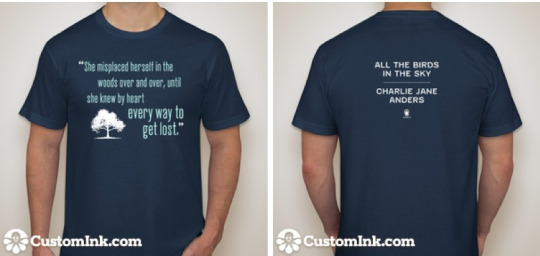
If you’re in San Francisco tomorrow, come to the Beauty Bar at 7:15 PM and hear me take part in Litquake’s famous LitCrawl, along with Bucky Sinister and Daphne Gottlieb. I’ll be reading from the part of the book that takes place in San Francisco, and I will have brand new T-shirts, fresh from the printer, for sale cheap!
On Strong Female Characters

Last week at the NEIBA gathering, I found myself talking to some booksellers about the whole thing of female characters with agency. Actually, both male and female characters have problems with agency a lot of the time. It’s just so easy just to get swept along by the plot, or to have your choices shaped by circumstances the author has put in place to remove even the possibility of self-directed action.
But anyway, talking about this made me think back to when I was working on the book, and how hard it was to make sure the two main characters were driving the story forward with their thoughts and desires – especially Patricia, for some reason.
I needed to make sure that Patricia’s desires and her goals were the things that caused her storyline to move forward. But this kept slipping away from me, in parts of the book, and it ate away at my belief in her character.
And I think the crucial thing was that I needed to let Patricia make a lot more mistakes along the way. She didn’t really have agency unless she was able to make terrible decisions. It was a lot easier to give myself permission to let Laurence make huge mistakes than Patricia, for some reason. Even though I knew, on some level, that mistakes make a character more lovable, not less. The more I allowed Patricia to screw up – while also showing that she’s awesome, and powerful, and smart, and resourceful – the more in control of her own life she seemed. And the more I believed in her as a protagonist.
The other thing, though? Was absolutely connecting to Patricia’s compassion. That needed to be right there on page one, and needed to be the thing that drives Patricia, as much as her desire to prove herself as a witch and to master her power. So even as I let her be more headstrong and error-prone, I also worked super hard on keeping compassion as the reason why she’s doing this in the first place.
October 15, 2015
October 14, 2015
The notebooks where I wrote the first draft of this book are...
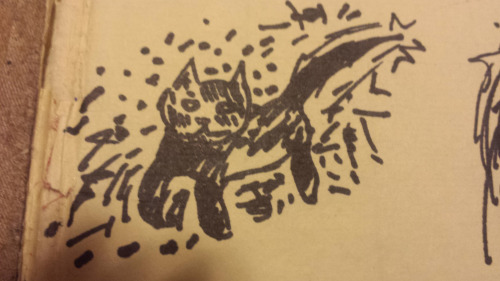
The notebooks where I wrote the first draft of this book are full of sketches and doodles and sometimes illustrations of scenes from the book. Sometimes I got stuck and just started drawing stuff from the book to get things going again. Here’s a drawing of a cat. Don’t remember now if this is Tommington, the cat that stalks Patricia in chapter one, or Tommington’s nephew Berkley. That tail, though.
October 10, 2015
Come stalk me at New York Comic Con!
If you’re at New York Comic Con today, come and say hi! I’ll be doing a signing at the Tor Books booth (Booth #2223) at 2 PM.
Then at 4 PM, I’ll be on the panel “Books to Movies Wishlist“ with Christopher Golden, Chuck Wendig and Jennifer Armentrout in Room A101.
And finally I’ll take part in the “Books to Movies Wishlist” panel signing, in Bookstore Hall 1-B at 5:15.

